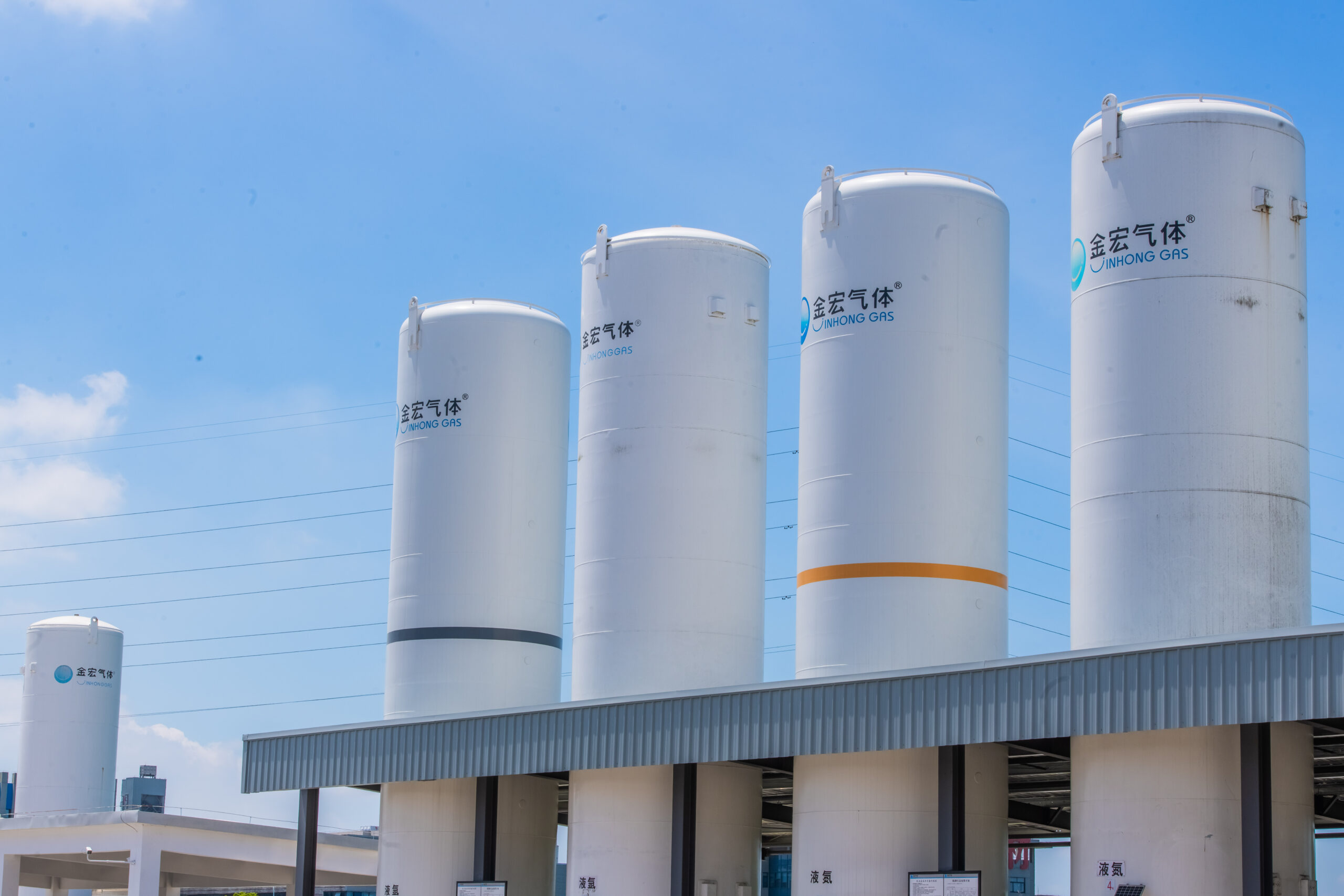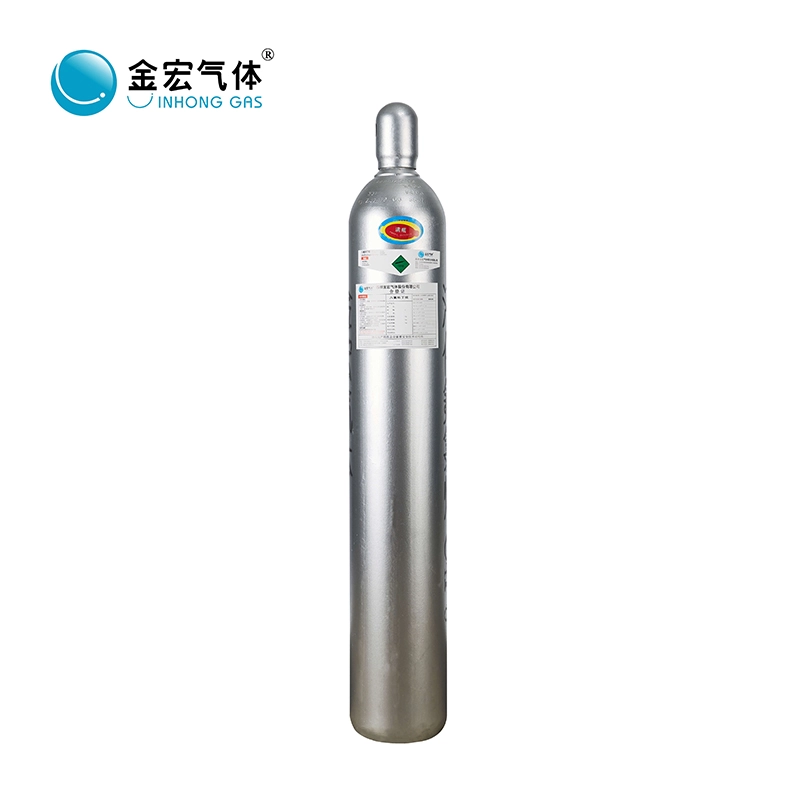Ethylene oxide (EO) is a critical sterilizing agent widely used in healthcare and manufacturing industries. This article explores how ethylene oxide is used for sterilization, its advantages, and the safety measures associated with its application. By focusing on the keyword “ethylene oxide used for sterilization,” this content aims to enhance SEO performance and provide valuable insights to readers.

What Is Ethylene Oxide?
Ethylene oxide is a colorless, flammable gas with a slightly sweet odor. Known for its powerful sterilizing properties, EO eliminates bacteria, viruses, fungi, and other microorganisms. Moreover, its versatility makes it indispensable for sterilizing medical devices and equipment that are sensitive to heat or moisture.
How Is Ethylene Oxide Used for Sterilization?
1. Pre-Sterilization Preparation
Before the sterilization process begins, medical devices or equipment undergo cleaning to remove visible debris. Furthermore, proper packaging allows EO gas to penetrate and sterilize effectively. Additionally, items sit in specially designed chambers to ensure uniform exposure.
2. EO Gas Sterilization Process
The sterilization process exposes items to EO gas under controlled conditions. Here are the key steps:
- Gas Introduction: Ethylene oxide enters the sterilization chamber.
- Temperature and Humidity Control: The chamber maintains specific temperatures and humidity levels to enhance the sterilization effect.
- Exposure Time: Items undergo exposure to EO gas for a set duration, ensuring comprehensive microorganism elimination.
3. Aeration Phase
After sterilization, the aeration phase removes residual ethylene oxide. Consequently, this step ensures that the sterilized items are safe for use, as EO can be toxic if not fully removed.
Advantages of Using Ethylene Oxide for Sterilization
- Versatility: EO sterilizes a wide range of materials, including plastics, electronics, and intricate medical devices.
- Effectiveness: It penetrates packaging and complex geometries, ensuring thorough sterilization.
- Low-Temperature Process: Ideal for heat-sensitive and moisture-sensitive items, preventing damage during sterilization.
Safety Considerations in EO Sterilization
1. Handling and Storage
Due to its flammable and toxic nature, facilities store ethylene oxide in pressurized containers and train professionals to handle it. Proper ventilation and monitoring systems are essential in workplaces using EO.
2. Worker Protection
Facilities follow strict protocols to protect workers from EO exposure. Personal protective equipment (PPE), regular training, and exposure monitoring maintain a safe working environment. Furthermore, these measures significantly reduce risks.
3. Environmental Compliance
Ethylene oxide sterilization facilities comply with environmental regulations to minimize emissions. Additionally, advanced technologies, such as catalytic converters, neutralize EO before its release into the atmosphere.
Applications of Ethylene Oxide Sterilization
Ethylene oxide sterilization supports various industries, including:
- Healthcare: Sterilizing surgical instruments, catheters, and single-use medical devices.
- Pharmaceuticals: Ensuring sterility of drug packaging and delivery systems.
- Manufacturing: Sterilizing laboratory equipment and components used in research and production.
Challenges and Future Developments
While EO proves highly effective, its use raises safety and environmental concerns. Nevertheless, manufacturers and researchers explore alternative sterilization methods and improve EO sterilization systems to enhance safety and efficiency.
Conclusion
Ethylene oxide plays an essential role in modern sterilization practices, offering unmatched effectiveness for sensitive materials. By understanding its applications, advantages, and safety measures, industries can utilize EO responsibly and efficiently. For more insights into ethylene oxide sterilization and related topics, explore our blog and share this article to spread knowledge.



